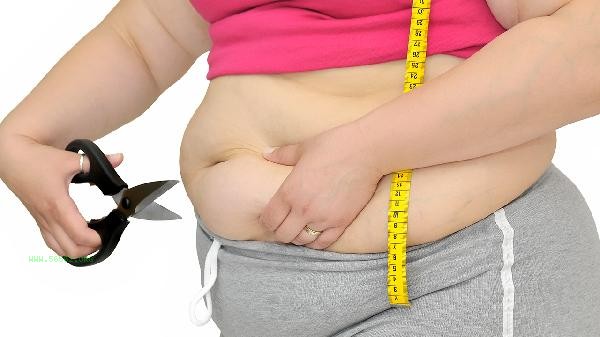Losing 10 pounds can reduce approximately 4-5 pounds of fat, and the specific ratio varies from person to person. The amount of fat loss is influenced by factors such as basal metabolic rate, exercise mode, and dietary structure, usually accompanied by water and a small amount of muscle loss. The fat consumption during weight loss is not a simple linear relationship. The initial weight loss is rapid, mainly due to the consumption of water and glycogen, and the proportion of fat breakdown gradually increases over time. When adopting scientific weight loss methods, the daily calorie deficit is controlled within a reasonable range, and the proportion of fat energy supply is relatively high. High intensity interval training and strength training can help improve resting metabolic rate and promote fat oxidation and breakdown. Ensuring high-quality protein intake in diet can reduce muscle loss and avoid a significant decrease in basal metabolic rate. Extreme dieting or excessive exercise may lead to muscle loss exceeding fat consumption, resulting in a slower decline in body fat percentage. Some populations have differences in fat metabolism efficiency due to hormone levels or genetic factors. Women are affected by estrogen before and after the physiological period, and water retention may mask the effect of fat reduction. Individuals with a larger body weight typically have a more significant initial fat consumption, which gradually stabilizes in the later stages.

It is recommended to regularly monitor changes in body fat percentage through a body fat scale and comprehensively evaluate the weight loss effect based on dimensions such as waist circumference. Maintain a balanced diet and regular exercise habits, avoiding excessive attention to short-term fluctuations in numbers. During the weight loss period, the daily water intake should meet sufficient standards, and adequate sleep time should be ensured to help maintain normal metabolic function. If there is a plateau period, the exercise mode or dietary structure can be adjusted, and if necessary, a professional nutritionist can be consulted to develop a personalized plan.










Comments (0)
Leave a Comment
No comments yet
Be the first to share your thoughts!